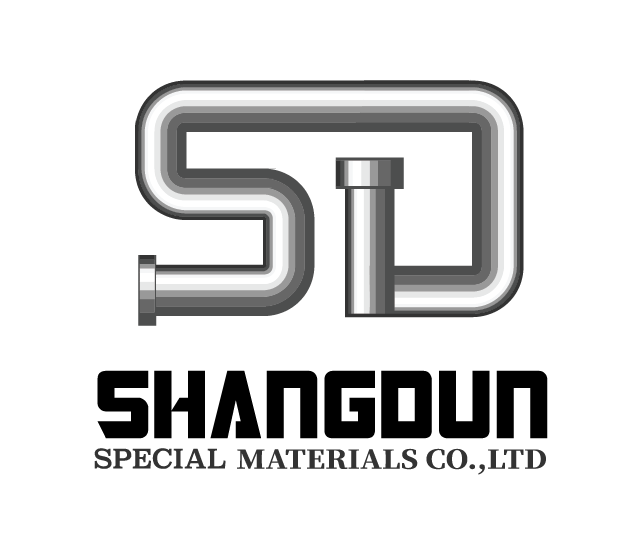Bourdon Tube for pressure measurements
Materials:304, 316, 316Ti, monel400, CuSn8, CuSn6, CuSn4
Size:y40 y50 y60 y70 y100 y150
Range:0.06mpa-200mpa
An elastic sensitive element that uses the bending change or torsional deformation of the tube to measure pressure, also called a spring tube. One end of the Bourdon tube is fixed and the other end is movable, and its cross-sectional shape is oval or flat. Pipes with non-circular cross-sections gradually expand into a circular shape under the action of internal pressure. At this time, the movable end produces a displacement that is related to the pressure. The movable end drives the pointer to indicate the amount of pressure. The most commonly used Bourdon tube is C-type. In addition, there are spiral type, C-type combination, twist type and other types (see picture). The material of Bourdon tube is copper-based or iron-based alloy. It is less sensitive than other pressure-sensitive components and is often used to measure larger pressures. It is often used in combination with other elastic components. In 1852, E. Bourdon obtained the patent for the Bourdon tube. Bourdon tubes are still widely used in many instruments, especially for pressure and force measurements.
Bourdon tube use
The Bourdon tube is the measuring element of the pressure gauge and can be installed on the tee, but there is also a stop valve between the pressure tube and the pressure gauge.
The function of the stop valve is to facilitate maintenance. The pressure display controller should be equipped with a transmitter, which converts the pressure signal into an electrical signal and transmits it, and can display the pressure in digital form. As for the word “control”, I have never heard of it. Generally, control requires an actuator. A pressure gauge with an electric contact is to set a contact on a certain value of the pressure gauge. When the pressure reaches the set value, the electric contact is connected. There is a switching output that can control a certain device, such as a switch, alarm, etc.
How the Bourdon tube works
The elastic deformation of the Bourdon tube is converted into rotational motion through the conversion mechanism of the watch movement, causing the pointer to deflect to display the pressure.
The end displacement of the Bourdon tube can be directly displayed by a displacement measurer. For example, the end-driven potentiometer indicator, the movable iron core of the differential transformer, etc. can directly display the displacement. People can improve the performance of Bourdon tube sensors and regulators by selecting materials, but the size design of the Bourdon tube can only be approximated based on experience. The Bourdon tube with an elliptical cross-section or a flat circular cross-section deforms when it is subjected to pressure p, which reduces the ratio a/b of the long and short radii of the tube cross-section, increases the curvature radius of the Bourdon tube, and causes displacement at the free end of the tube.
 |
 |
 |
 |
Phosphate Bronze Tube
size:CuSn8, CuSn6, CuSn4
OD:2mm-25mm
WT:0.08-2mm
Standard:GB、ASTM、ASME
 |




